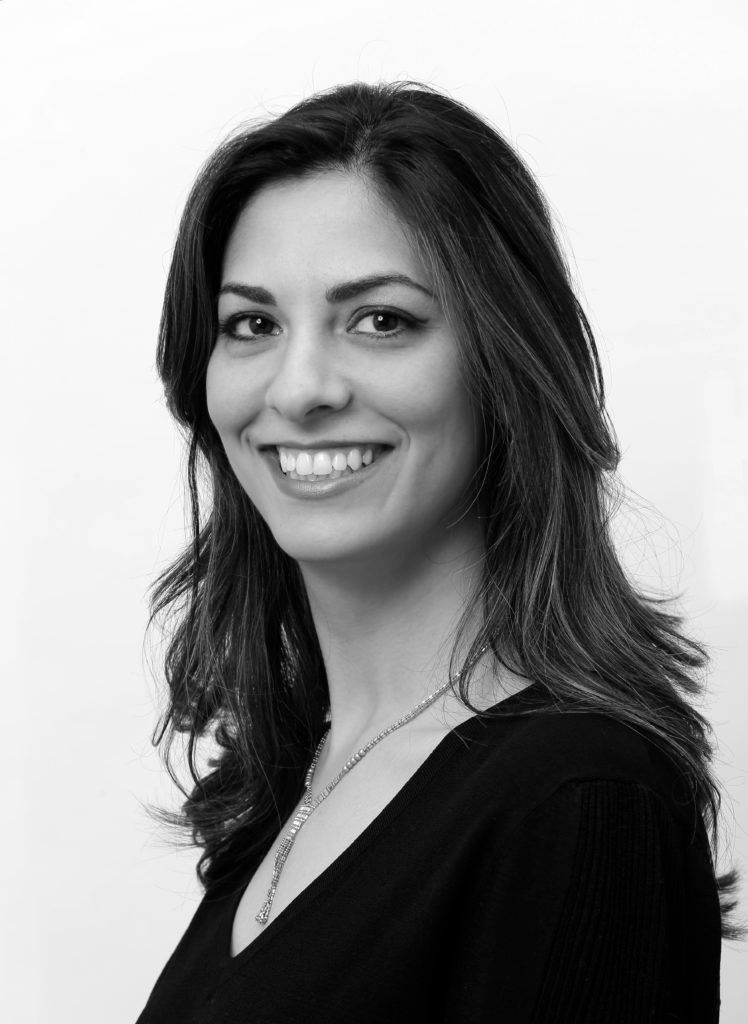Auctions are often seen as the most useful bellwether for the state of the art market, and the major spring sales of Impressionist, Modern and Contemporary art in London are always eagerly awaited as the first major tests of the year.
Following a year of shrinking totals, and 6 months of political change in Europe and the US, observers had to wait longer than usual for a health check as this year’s spring auctio ns were pushed back from their usual spot in February to early March, avoiding a clash with the Chinese New Year. The auctions kicked off a crammed 3 week period in an increasingly packed art schedule which also went on to include, among others, The Armory Show (NY), the ADAA Art Show (NY), Asia Week (NY) , the return of the Whitney Biennale (NY), Art Dubai, and of course TEFAF Maastricht in Holland, considered the the pre-eminent fair for art and antiques. Looking forward, there is little chance for a rest with Art Basel Hong Kong kicking off on 23 March.
ns were pushed back from their usual spot in February to early March, avoiding a clash with the Chinese New Year. The auctions kicked off a crammed 3 week period in an increasingly packed art schedule which also went on to include, among others, The Armory Show (NY), the ADAA Art Show (NY), Asia Week (NY) , the return of the Whitney Biennale (NY), Art Dubai, and of course TEFAF Maastricht in Holland, considered the the pre-eminent fair for art and antiques. Looking forward, there is little chance for a rest with Art Basel Hong Kong kicking off on 23 March.
While a big drop in auction sales in 2016 was driven predominantly by a decrease in supply, demand had remained fairly consistent at the top of the market and the end of the year had shown signs of improvement. The spring sales saw supply bouncing back, helped perhaps by exchange rates and the extra few weeks of gathering. The catalogues were filled again with impressive and important works by many of the big names; Gustav Klimt, Pablo Picasso, Paul Gauguin, Gerhard Richter, René Magritte, Paul Cézanne, Peter Doig, and many others. It became apparent that there was no less appetite in the market either, and the auctions of Impressionist and Modern art at Christie’s, Bonhams and Sotheby’s went on to make a total of £392 million – a 59% increase over the previous year’s totals. Sotheby’s evening auction totalled £194.8 million – a record for an auction in Europe. The auctions of Post-War and Contemporary art the following week reflected a similar trend, totalling £286 million – a 53% increase on the previous year.
The sales had seen the market bounce back towards previous historic heights, driven by increased supply, as well as by a strong buying appetite; bidding was greatly encouraged by a weak pound which attracted significant activity from US and Asian collectors. Favourable reports from dealers at TEFAF indicate that the private market is motoring in good health, and recently at Asia Week in New York, auction room drama hit a peak when Christie’s offered 31 deaccessioned works from the Fujitsu Museum in Osaka, expecting the sale to make a total of $27m to $38m; it went on to make a total of $262.8 million. The top lot was the Song dynasty Six Dragons Scroll; offered with an estimate of $1.2 to $1.8 million, it sold for $49 million. The increasing levels of Asian bidding in both London and New York continue to make a significant impact on the global art market.
These results are likely to accelerate the return of vendor confidence which could unlock more supply for the market; early consignments for the next major auctions in New York in May already include an important Triptych by Francis Bacon, formerly owned by Roald Dahl and estimated at $50 to $70 million, while Sotheby’s have announced that they will offer the most valuable cut diamond ever offered at auction in Geneva in May where it is expected to make in excess of $60 million. And with Asian collectors becoming increasingly active in the West, it is interesting to note that Sotheby’s are including Western artists in their major sales in Hong Kong for the first time in April, where works by Andy Warhol, Jean-Michel Basquiat and Damien Hirst will be offered alongside those by Zao Wou-ki and Zhang Xiaogang. The year ahead promises to be one to watch.
[button color=”accent-color” hover_text_color_override=”#fff” size=”medium” url=”/news” text=”Return to all posts” color_override=””]



















































